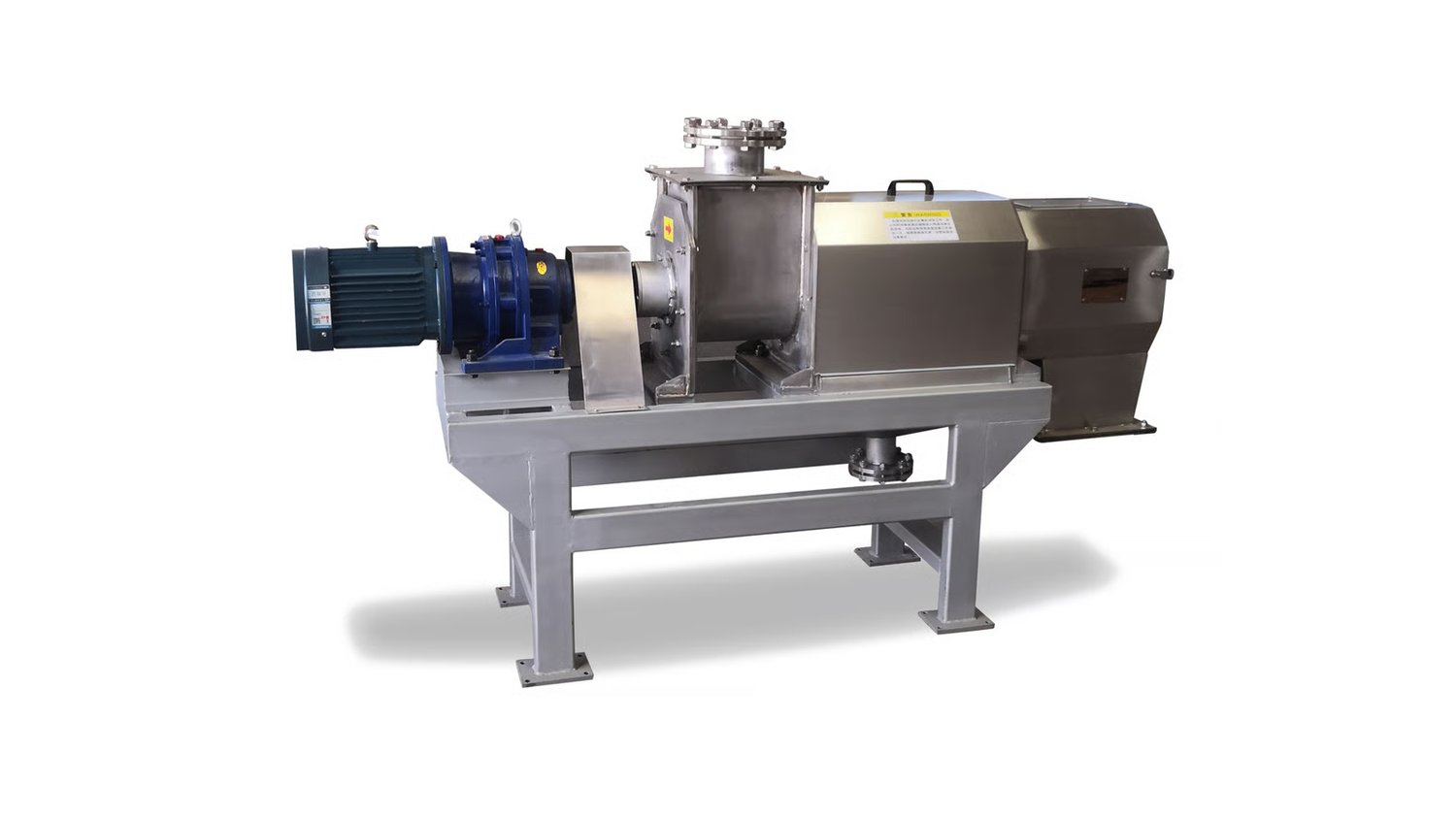The Importance of Flow Rate Optimization
Flow rate optimization is essential in ensuring efficient separation parameters are achieved in various industrial processes. By controlling the flow rate, you can maximize the efficiency of separation processes and ultimately improve overall productivity.
Understanding Separation Parameters
Separation parameters are key variables that determine the effectiveness of a separation process. These parameters include factors such as flow rate, pressure, temperature, and composition. By optimizing these parameters, you can achieve better separation outcomes.
Impact of Flow Rate on Separation Efficiency
The flow rate plays a crucial role in determining the efficiency of a separation process. By optimizing the flow rate, you can control the residence time of the components in the system, leading to better separation efficiency and higher purity levels.
Optimizing Flow Rate for Specific Applications
Different separation processes require different flow rate optimization strategies. For example, in chromatography, a higher flow rate may be used to increase sample throughput, while in distillation, a lower flow rate may be preferred to enhance separation efficiency.
Factors Affecting Flow Rate Optimization
Several factors can affect the optimal flow rate for a particular separation process. These factors include the properties of the components being separated, the desired level of purity, equipment limitations, and cost considerations.
Techniques for Flow Rate Optimization
There are various techniques available for optimizing flow rates in separation processes. These include using advanced control systems, conducting thorough experimentation, and utilizing simulation software to model different flow rate scenarios.
Challenges in Flow Rate Optimization
Despite the benefits of flow rate optimization, there are challenges that may arise. These include finding the optimal balance between flow rate and separation efficiency, dealing with fluctuations in feed composition, and addressing equipment constraints.
Future Trends in Flow Rate Optimization
Advances in technology are opening up new possibilities for flow rate optimization in separation processes. For example, the use of artificial intelligence and machine learning algorithms can help predict optimal flow rates based on real-time data, leading to more efficient separations.
Importance of Monitoring Separation Parameters
To ensure optimal flow rate optimization, it is essential to continuously monitor separation parameters throughout the process. This allows for real-time adjustments to be made, leading to improved efficiency and better separation outcomes.
Conclusion
In conclusion, flow rate optimization is a critical aspect of achieving efficient separation parameters in industrial processes. By understanding the impact of flow rate on separation efficiency, optimizing flow rates for specific applications, and utilizing advanced techniques, you can enhance overall productivity and quality in separation processes.
Quote Inquiry
contact us

